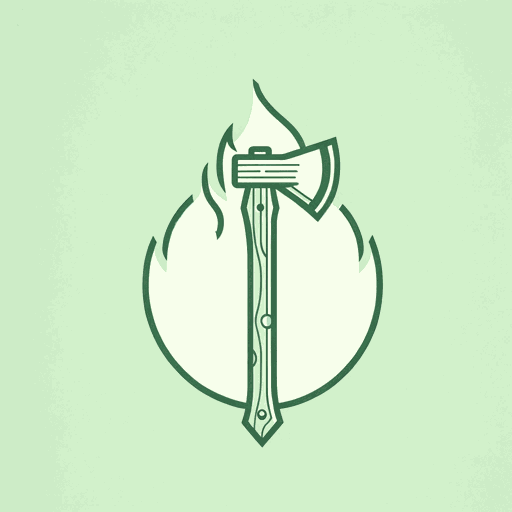57 pages • 1 hour read
Timothy EganA Fever in the Heartland: The Ku Klux Klan's Plot to Take Over America, and the Woman Who Stopped Them
Nonfiction | Book | Adult | Published in 2023A modern alternative to SparkNotes and CliffsNotes, SuperSummary offers high-quality Study Guides with detailed chapter summaries and analysis of major themes, characters, and more.
Symbols & Motifs
The Cross
Content Warning: This section of the guide includes graphic discussions of racism, violence motivated by racism, alcohol addiction, suicide, and multiple acts of sexual assault, including rape.
The cross, a Christian symbol for millennia, was appropriated by the Klan. The Klan not only burned wooden crosses on the lawns of Black, Jewish, and other residents as a fear and intimidation tactic, but also at parades and rallies and to memorialize its allies, such as President Harding. The irony of this chosen symbol is significant. A group of “faithful” Protestants who identified as virtuous Americans could not see beyond a narrow definition of ethnicity or national identity and thus used the cross, an instrument of death for their spiritual leader, as a flaming incarnation of hatred and exclusion.
Egan notes that cross-burning was something “the original Klan never did” (21); it was one of the many fabrications of the film The Birth of a Nation, whose 1915 release prompted the revival of the Klan by William Simmons, who burned a large cross on Stone Mountain, Georgia, to mark the occasion. Simmons’s vision included “codes, secret phrases, hand signs, titles, rituals, oaths, and a constitution” (22), all of which, Egan notes, mirrored the rites of other fraternal societies of the day.
Related Titles
By Timothy Egan
Featured Collections
Books on U.S. History
View Collection
Books that Teach Empathy
View Collection
Contemporary Books on Social Justice
View Collection
Fiction with Strong Female Protagonists
View Collection
Good & Evil
View Collection
Hate & Anger
View Collection
New York Times Best Sellers
View Collection
Popular Study Guides
View Collection
True Crime & Legal
View Collection





